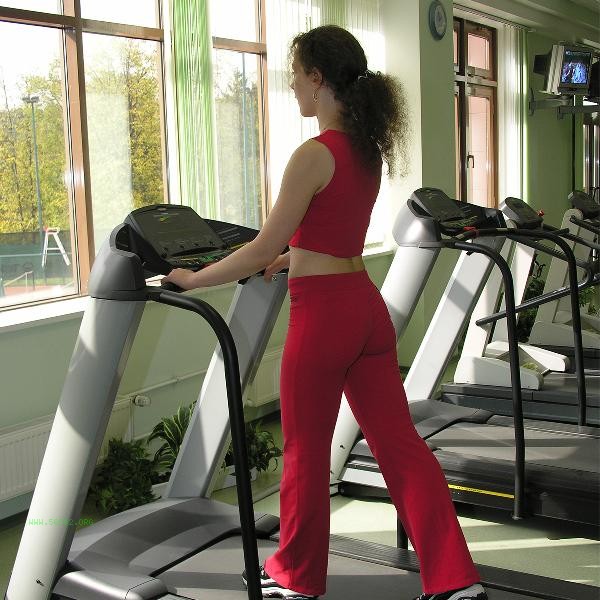Eating brown rice during exercise does not necessarily affect weight loss results, the key lies in the intake and overall diet combination. Brown rice is a low glycemic index staple food, rich in dietary fiber and B vitamins, but excessive consumption may still lead to excessive calorie intake. Although brown rice contains more dietary fiber than refined rice, has a slower digestion rate, and helps maintain satiety, the calorie content per 100 grams of brown rice is about 350 calories, which is not much different from white rice. If the fitness population uses brown rice as the only staple food without controlling the total amount, it is easy to hinder fat breakdown due to excessive carbohydrate intake. Especially after strength training, excessive consumption may exceed the body's glycogen storage requirements, and excess calories will still be converted into fat storage.

Some people have digestive adaptation problems with brown rice. The phytic acid and cellulose in the outer layer of brown rice may interfere with mineral absorption, and those with weaker gastrointestinal function may experience bloating. When nutritional supplementation is urgently needed after exercise, the slower digestion rate of brown rice may delay the nutrient utilization efficiency during the protein synthesis window period. Fitness enthusiasts who adopt a low-carbon diet should strictly control their intake of brown rice.

It is recommended to rotate the consumption of brown rice with other grains such as quinoa and oats, with a single serving size controlled at fist size, paired with high-quality protein and vegetables. Within 2 hours after exercise, prioritize easily digestible carbohydrates paired with protein, such as bananas paired with whey protein. Regularly monitor changes in body fat percentage, adjust the carbon to water ratio according to exercise intensity, and avoid blindly consuming large amounts of brown rice as a calorie free food.







Comments (0)
Leave a Comment
No comments yet
Be the first to share your thoughts!